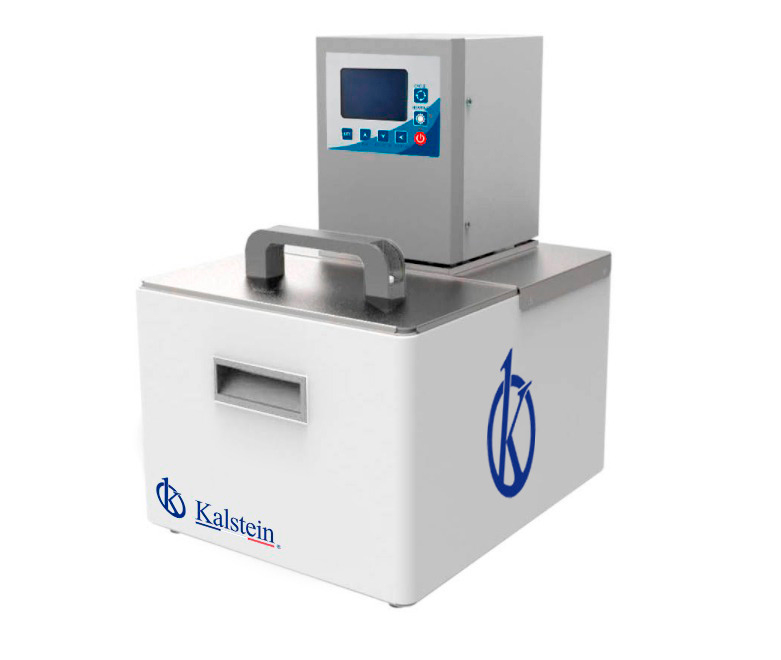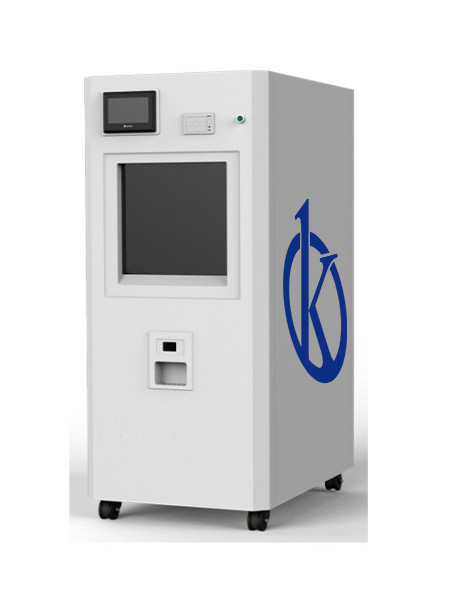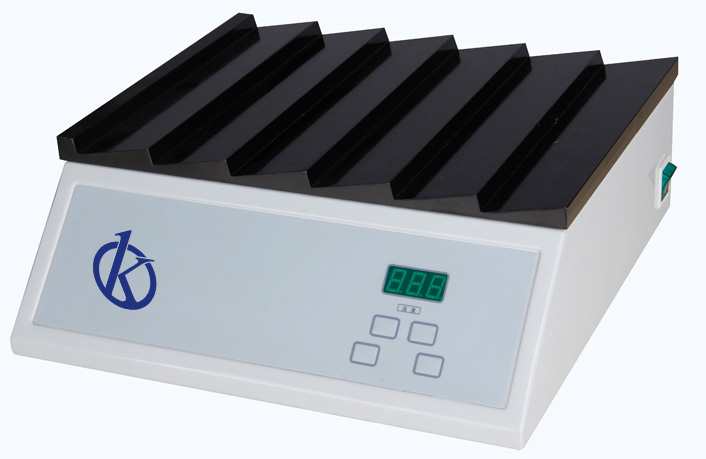The analytical balance is a laboratory equipment, also known as a scale, designed to measure the quantities of masses to be studied with a high level of precision. This type of balance is one of the most used measurement tools in the laboratory, which depends fundamentally on all analytical results.
In this sense, they must have calibration adjustments necessary to repair gravitational differences. They use an electromagnet, called an electromagnetic force restoration sensor, to form the force that counteracts the sample to be measured, and gives the result, calculating the force needed to level the balance.
Importance in the use of Analytical Balances
Generally, the use of analytical scales is used for the pharmaceutical sector, in the preparation of samples, modeling, formulation, differential weight, density determination, weighing intervals, routine testing of pipettes, etc., in addition to being able to calculate the matrix mass of a particle, as well as the mass of substances and the mass of precipitates for a correct chemical analysis, allowing the quantitative study of the sample.
The analytical balance must be graded to achieve exact results of the weight of the object. It is necessary to have good space and proper handling to avoid miscalculations and precision of measures.
Recommendations for use
Firstly, the scale must be located in an environment where there are no air currents, no temperature changes. The laboratory should be cleaned thoroughly to prevent dust from disturbing the study and for them the doors and windows should be kept closed so that no air circulates from outside.
It is important to take into account the location of the device, which provides balance on the table within the laboratory, with a high platform and isolated from the interference or vibrations of refrigerators or centrifuges. The space must also be large enough to accommodate the balance.
Likewise, you can proceed to open the door of the scale and clean with a brush the plate, until there are no traces of dirt. After this, the door is closed and the analytical balance is switched on until it reaches 0.000000.
Maintenance Rules
Given the high sensitivity of analytical scales, it is necessary to be meticulous when carrying out a heavy test on such scales. Therefore, for the results to be even more reliable, the maintenance of equipment is an essential part within the laboratory, so certain standards must be met which are:
- Place the balance in a vibration-free area and ensure that it is level and calibrated.
- Prevent drafts.
- Sanitize the scale before and after use (for example with a brush).
- To avoid contact of the reagents directly with the balance, suitable containers should be used.
- Desiccant agents should be used to remove any moisture from inside the chamber.
- Preferably, scales should not be moved unless necessary.
- If it is necessary to move the plate, it should not be done with unprotected hands, that is why the user should wear gloves to prevent grease from fingers moisten the equipment. And to do this, you must degrease the clamp with alcohol, so that you can handle it better and not contaminate the objects to be measured.
Characteristics of the Analytical Balance
An analytical scale is capable of measuring the mass with a high degree of accuracy. It has a weighing range between 100 and 300 g and a reading of 0.1 mg up to 0.001 mg. The minimum weight of each balance may be different depending on the development of the load cell, its location and its environment. The minimum weight is the accuracy limit of the instrument, under this number, the uncertainty of the instrument relative to the weight of the load is greater than the required precision, so the weighing is no longer reliable.
Their most important feature is that they have very little margin of error, which makes them ideal for applying in very precise measurements. Generally, they are digital, and some can display information in different drive systems. For example, the mass of a substance in grams can be shown to the nearest 0,00001 g (0,01 mg).
Kalstein Analytical Balance
We at Kalstein have a wide range of fully trained laboratory equipment for the entire medical and industrial sector. And on this occasion, we offer you the Analytical Balance, ideal for laboratories for the manufacture of medicines and substances on a commercial level. The same, corresponds to the YR series, and has features such as, the electromagnetic sensor, the housing is aluminum, the cover is windproof of large space and the backlight is white (LCD), with black letters.
If you want to know more about our catalog, visit HERE
We are manufacturers and we have the best advice, so that your purchase is the ideal and at excellent prices. For more information, visit our website at HERE




